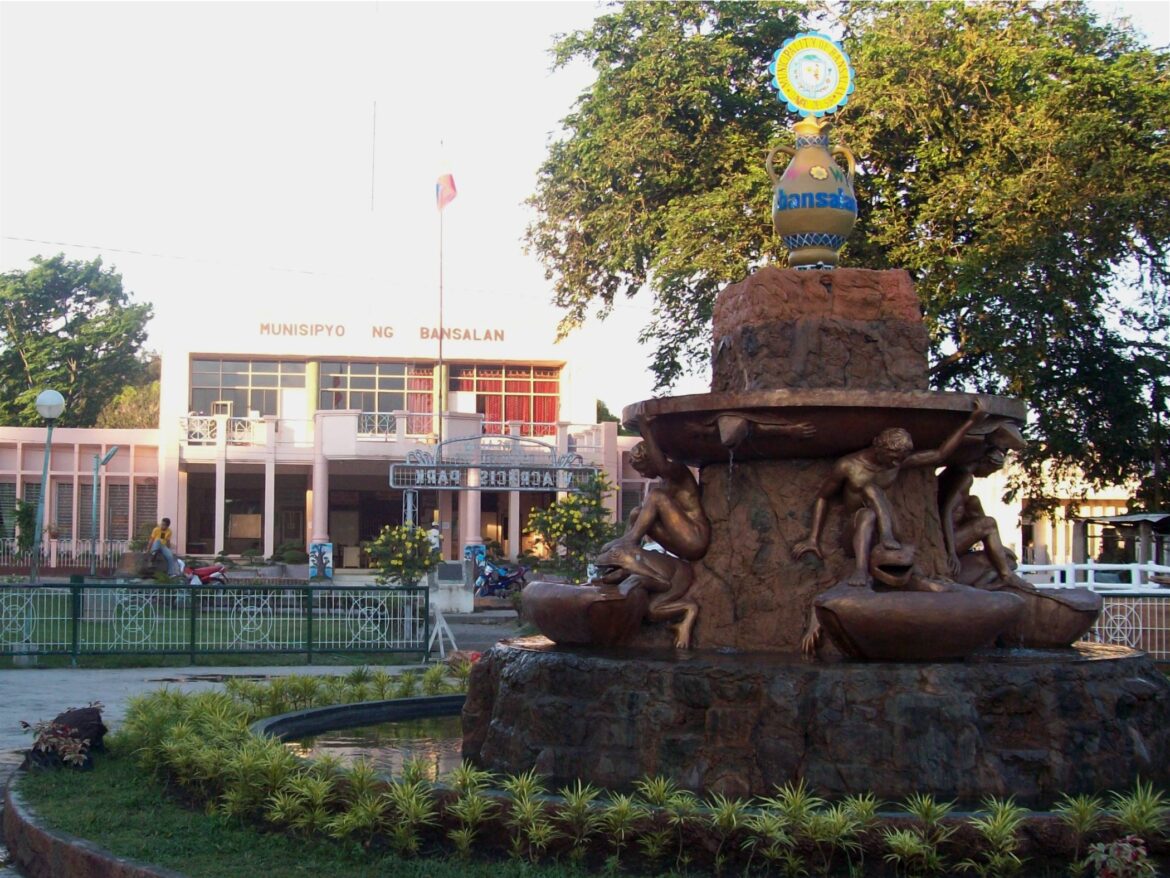Text and Photos by Henrylito D. Tacio
Among the municipalities of Davao del Sur, there is only one that earned the moniker “green town.” It’s Bansalan, located in the northwestern part of the province. The town is bounded on the southwest by Magsaysay, on the southeast by Matan-ao, and on the northeast by Digos City. It is the last town of Davao del Sur as the next town, Makilala, is already part of North Cotabato.
There are several reasons why Bansalan got its moniker. For one, it is the home of the world-famous Sloping Agricultural Land Technology (SALT), a sustainable farming system for the uplands developed by Mindanao Baptist Rural Life Center (MBRLC) in barangay Kinuskusan.
SALT is a system where two hedgerows of nitrogen-fixing plants are planted together following the hill’s contour lines. “The idea is to stop the topsoil from eroding,” explains Jehtro P. Adang, the current MBRLC director. Hilly agricultural lands under cultivation in the country have lost about two-thirds of their valuable topsoil, the primary resource in agriculture.
The nitrogen-fixing plants are cut every 30-45 days. The cuttings are placed under the crops planted in between the hedgerows. Aside from being used as mulching materials, the cuttings are also the source of fertilizer for the crops.
But SALT is just one of the systems which this “Disneyland of organic farming,” as one magazine calls the center, offers. There’s Simple Agro-Livestock Technology (SALT 2), a system of raising 11 goats in a half-a-hectare farm; Sustainable Agroforest Land Technology (SALT 3), where trees and agricultural crops are grown together in two hectares; Small Agrofruit Livelihood Technology (SALT 4), integration of fruit trees and hedgerows in half a hectare farm; and Food Always In The Home (FAITH), a sustainable vegetable gardening.
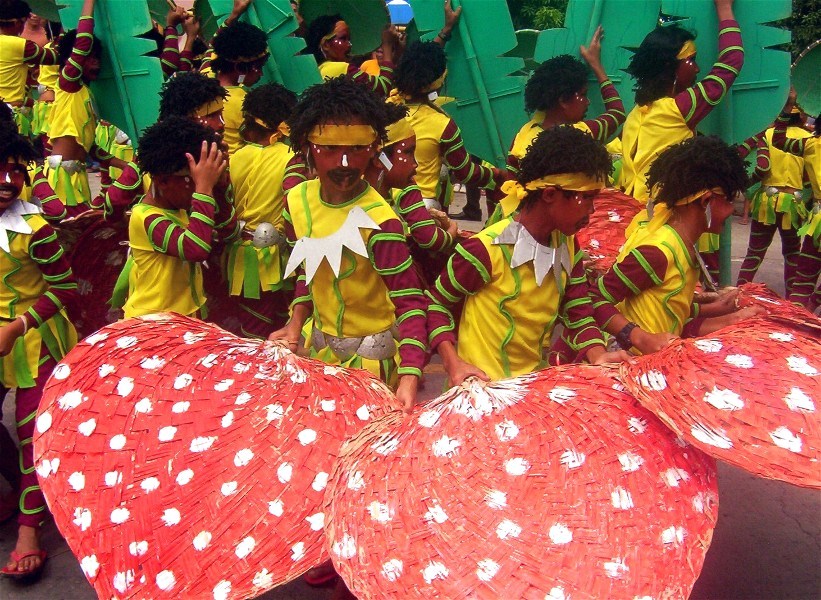
Street dancing 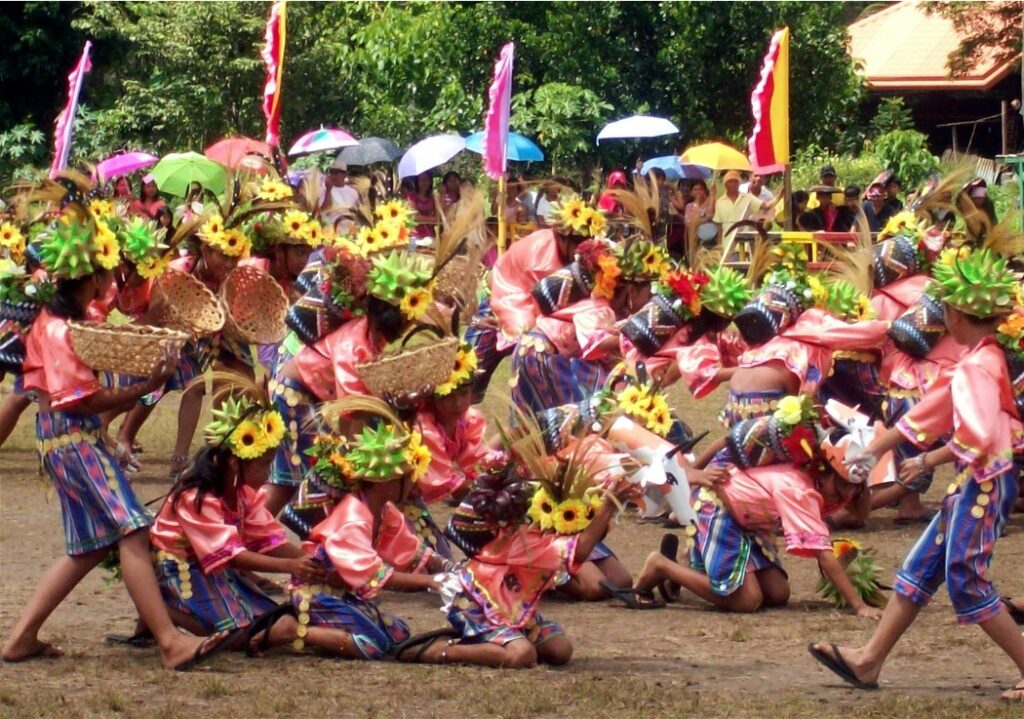
Because of the technologies it has developed through the years, and the MBRLC is one of the most-often visited farms in Mindanao. People from all over the world – from Australia to Zimbabwe, from Afghanistan to Vietnam, from the United Kingdom to the United States – have come to the center.
“From an initial effort to train and improve the productivity of farmers in the area, it has spread as a reputable model throughout the Philippines and touched all of Asia,” Jerry A. Rankin, former president of the International Mission Board based in Richmond, Virginia commented. “Agricultural technology and methods have turned barren hills into productive farms.”
For encouraging international utilization of SALT and other farming schemes, MBRLC’s director, Harold R. Watson, was honored with a Ramon Magsaysay Award in 1985 for peace and international understanding.
MBLRC is located about 10 kilometers away from the town proper. About five kilometers away from the center is another organic farm named Lao Integrated Farms, Inc. The owner, Benjamin R. Lao, uses coconut to produce cocoa sugar. He does not only sell his cocoa products in his hometown and nearby areas but also exports them to other countries.
According to him, the profit of using a coconut tree for coco sugar is almost three times than when the same tree is used for making copra.
In a period of three months, one coconut tree can produce 25 nuts, he said. Only one kilo of copra can be produced from 5 nuts. At P35 per kilo, the gross sales amount to P175. The net income you get is only P95 from one coconut tree after deducting the expenses amounting to P80.
In comparison, one coconut tree can be rented at P90 for three months. If a tree is tapped for toddy and makes it into coco sugar, the net income is P270. “See the difference,” said Lao, who won two national awards from the Department of Agriculture.
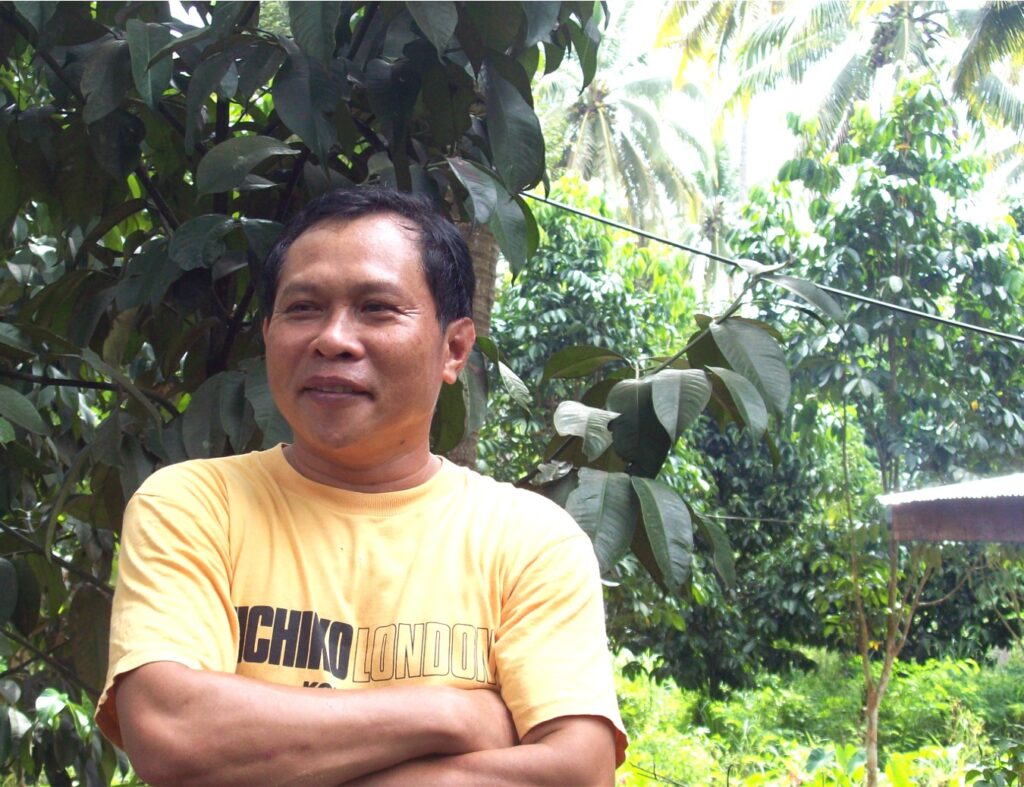
Aside from coconut, the Lao farm is also teeming with various fruits like lanzones (more than a thousand trees), durian (700 trees), mangosteen, and rambutan. “I bought them one at a time from my salary as a government employee,” said Lao, who used to work as an immigration officer.
On his farm, you won’t see his farmworkers using chemical pesticides. “I had a tragic experience with chemical pesticides when I was still a teenager while cultivating rice in our farm located in the neighboring barangay,” he revealed.
Instead, he recommends using Eman (the name of the barangay where his farm is located), which stands for “epektibo, mura, at natural” (effective, cheap, and natural). “This is a concoction composed of fresh goats’ manure, kakawate, makabuhay, and hot pepper,” he informed. “These are soaked together for 48 hours and after that the concoction is ready for application.”
The Lao farm is about three kilometers away from the national highway. If you go further to another barangay named Bitaug, you will find the home of the late Salinta Monon, the last Bagobo weaver.
In 1988, the National Commission for Culture and Arts (NCCA) had recognized her as a Gawad Manlilikha ng Bayan (GAMABA) in acknowledgment of her priceless contribution to the country’s art and culture by weaving “ikat,” a cloth made from abaca fibers. She died peacefully in 2009.
But before she died, I had the opportunity of meeting her personally. In an interview, she told me that it would take her three to four months to finish a fabric that measures 3.5 meters by 42 centimeters in length. One abaca tube skirt can be finished within a month. “It takes time but the result is great,” she said.
Bansalan is also one of three gateways of Davao del Sur to Mount Apo; the other two are Digos City and Santa Cruz. A few years ago, when Kidapawan City in North Cotabato closed its pathway going to Mount Apo, most mountain climbers came to Bansalan to scale the country’s highest peak.
Mountain climbers had to pass the captivating barangay of Balutakay. Serene, good fertile lands, and cool weather, Balutakay is good for high-value crops like cabbage, carrots, onions, and lettuce. Farmers plant these crops following the contours of the mountain.
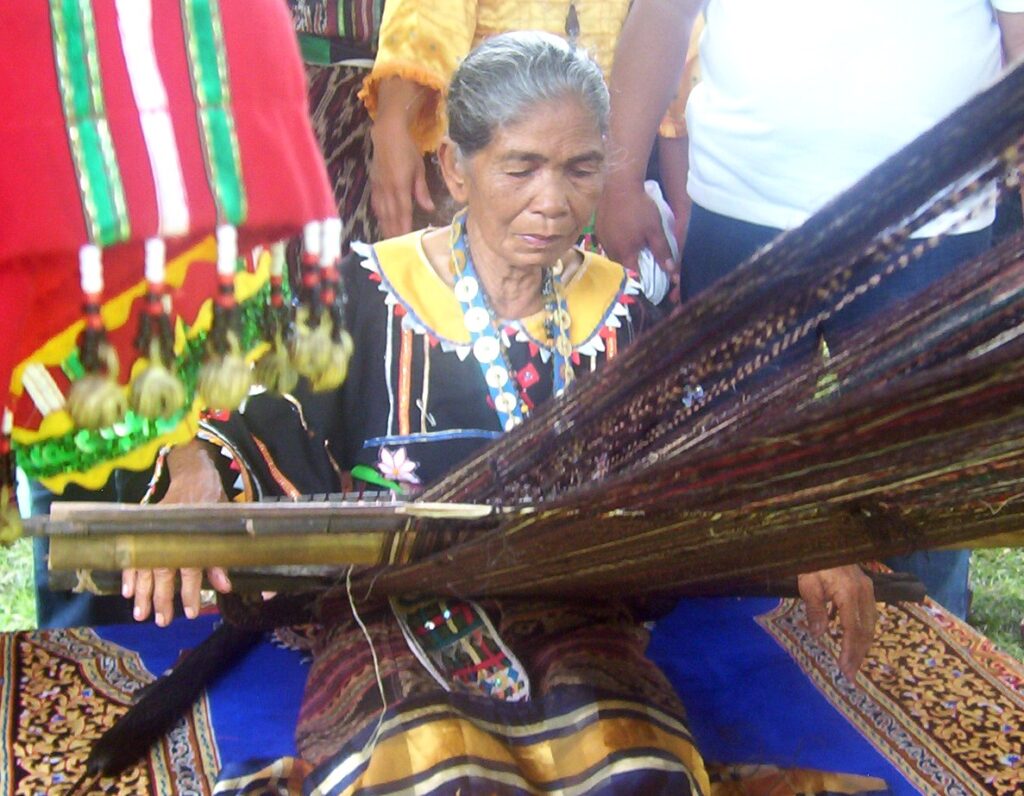
Salinta Monon 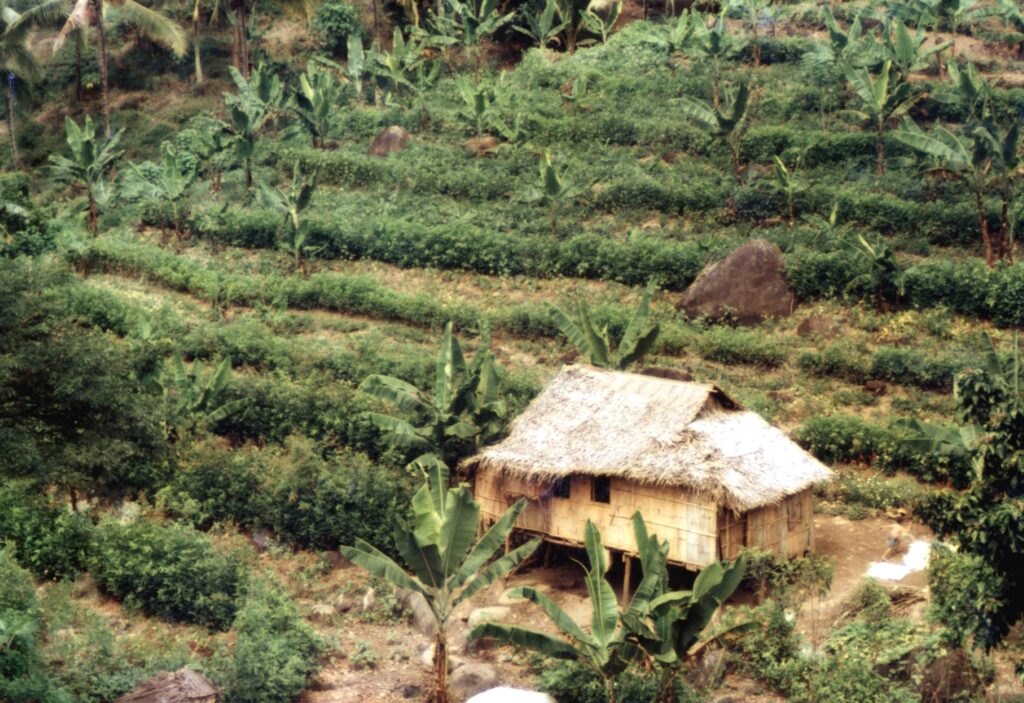
SALT
If Davao City has Kadayawan or Cebu as Sinulog, Bansalan has Bansaulog, the name of the weeklong festival which is celebrated in September. Bansaulog comes from two words. From Bansalan, the word ‘bansa’ is taken from. Saulog is actually a local term for celebration. As such, Bansaulog simply means Bansalan celebration.
There is an interesting story on how Bansalan got its name. The Provincial Tourism Development Plan shares this information: “Bansalan got its name from the one simple farmer named Bansalan who one day dug the earth in search of potable water to quench his thirst. Fortunately, he dug a spring which didn’t satisfy his thirst but also his other companions. Rain widened the spring and the constant erosion of soil led to its formation into a creek, and later into a river. Bansalan did not live long. His companions, who were recipients of Bansalan’s labor named the river after him.”
To get to Bansalan, you have to ride a bus or van going to Cotabato City. It is about 75 kilometers away from Davao City. You have to pass by the oldest town of Sta. Cruz and Digos City before reaching the place. Travel time is about one-and-a-half to two hours.

